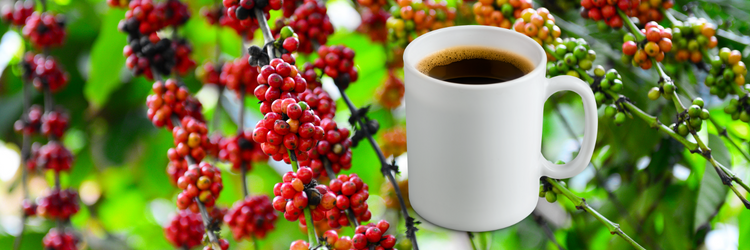Coffee is the start of many of our mornings. I bought my husband a 32-oz. mug and a mug warmer just so he could IV drip the caffeine into his system. In the U.S. alone, the number of coffee and snack shops grew from just over 48,000 in 2013 to more than 72,000 in 2023.
A study in PLOS Climate by Doug Richardson at SCIRO Oceans & Atmosphere, Hobart, Tasmania, Australia, and colleagues claims that climate change could significantly affect coffee cultivation areas.
Coffee plants are sensitive to climate variability. The changes in cold, heat, humidity, and other climate hazards will affect areas that grow coffee, but the culmination of those changes is difficult to predict.
Researchers systematically analyzed climate hazards, including modes like El Niño, and their effects on coffee production from 1980-2020. They identified 12 climate hazards threatening coffee crops in the top 12 coffee-producing countries. They also discovered that these events have increased in every coffee-growing region during that time.
“Our results suggest that El Niño is the primary mode in explaining compound climate event variability, both globally and regionally,” say the authors, “as with other crops, a systemic risk to the global coffee trade is posed by synchronized crop failures. With climate change projections showing a continued rise in temperatures in the tropics is likely, we posit that coffee production can expect ongoing systemic shocks in response to spatially compounding climate hazards.”

